
Sophia Baddeley born Sophia Snow was an English actress, singer and courtesan.

David Garrick was an English actor, playwright, theatre manager and producer who influenced nearly all aspects of European theatrical practice throughout the 18th century, and was a pupil and friend of Samuel Johnson. He appeared in several amateur theatricals, and with his appearance in the title role of Shakespeare's Richard III, audiences and managers began to take notice.

George Colman was an English dramatist and essayist, usually called "the Elder", and sometimes "George the First", to distinguish him from his son, George Colman the Younger. He also owned a theatre.

Margaret Woffington, was an Irish actress and socialite of the Georgian era.
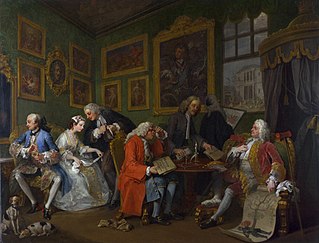
The Clandestine Marriage is a comedy by George Colman the Elder and David Garrick, first performed in 1766 at Drury Lane. It is both a comedy of manners and a comedy of errors. The idea came from a series of pictures by William Hogarth entitled Marriage à-la-mode.
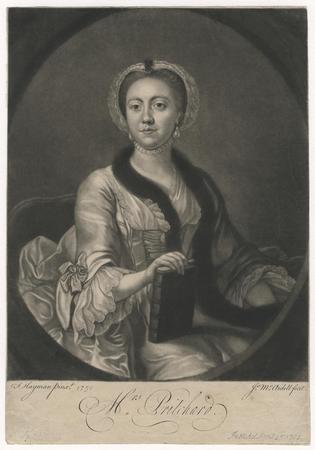
Hannah Pritchard was an English actress who regularly played opposite David Garrick. She performed many significant Shakespearean roles and created on stage many important female roles by contemporary playwrights.
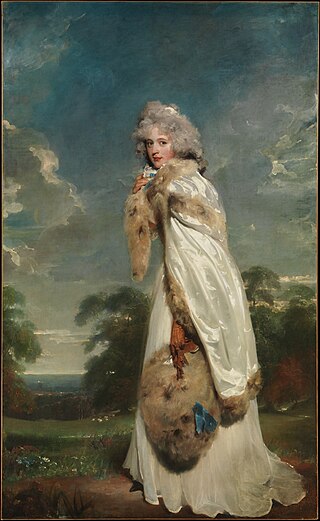
Elizabeth Farren was an Irish actress of the late 18th century. Born in Cork in 1759, her father, George Farren was a surgeon. His drinking habits brought on early death and his widow returned to Liverpool. Her mother went on the stage to support herself and her children. Elizabeth first appeared on the London stage in 1777 as Miss Hardcastle in She Stoops to Conquer and the following year appeared at Drury Lane which, along with the Haymarket Theatre became her primary venues for the rest of her acting career. She had over 100 characters in her repertoire including Shakespeare and various contemporary comedies and dramas. She was often compared to Frances Abington, who was her only real rival. Her last appearance was in April 1797, two months before her marriage to Edward Smith-Stanley, 12th Earl of Derby. They had one daughter.
Robert Bensley was an 18th-century English actor, of whom Charles Lamb in the Essays of Elia speaks with special praise.

Jane Pope was an English actress.
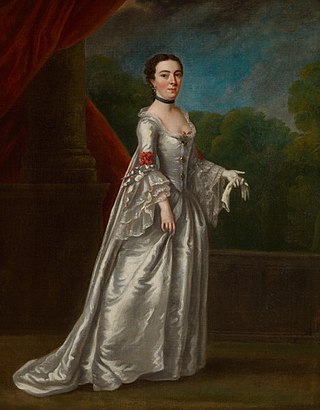
George Anne Bellamy was an Irish actress. She took leading roles at Theatre Royal, Drury Lane.
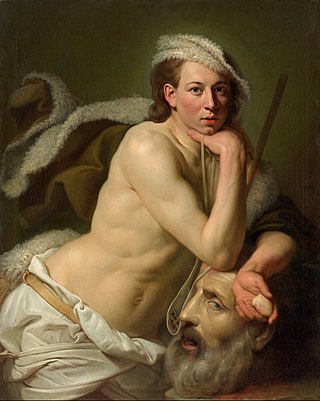
Johan / Johann Joseph Zoffany was a German neoclassical painter who was active mainly in England, Italy, and India. His works appear in many prominent British collections, including the National Gallery, the Tate Gallery and the Royal Collection, as well as institutions in continental Europe, India, the United States and Australia. His name is sometimes spelled Zoffani or Zauffelij.

Richard Yates was an English comic actor, who worked at the Haymarket Theatre and Drury Lane among others, appearing in David Garrick's King Lear. He also worked in theatre management, and set up the New Theatre in Birmingham in 1773. Both his first wife, Elizabeth Mary and Mary Anne Graham were actresses.

David Garrick as Richard III is a painting dating from 1745 by the English artist William Hogarth.

Polly Honeycombe is a 1760 afterpiece farce by George Colman the Elder. It comically deals with the effect of novel-reading on not only young women, but on various members of polite 18th-century English society. It was Colman's first play and helped establish his reputation, which he built on with The Jealous Wife the following year.

Maria Theresa Kemble (1774–1838), née Marie Thérèse Du Camp, was an Archduchy of Austria-born English actress, singer, dancer and comic playwright on the stage. She was the wife of actor Charles Kemble and mother of Fanny Kemble, part of the Kemble acting dynasty.

Thomas King (1730–1805) was an English actor, known also as a theatre manager and dramatist.

Jane Powell or Mrs Powell was a British actress. She was also known as Mrs Renaud and Mrs Farmer.
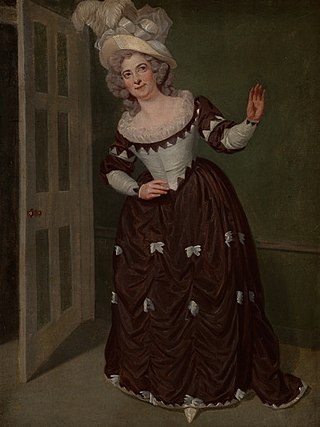
Mrs Rock or Mrs Edward Anthony Rock or Miss Essex was a British actor who died in 1779 or some time after. She played at the best theatres in London in minor roles. Her reviews record her poor acting, but there is a portrait of her in the Garrick Club.
Maria Macklin was a British actress. Her parents were both leading Irish born actors.

The Farmer's Return from London is a 94-line verse interlude written in 1762 by David Garrick. It was originally written for the charitable benefit of Hannah Pritchard and was first performed on 20 March 1762 at the Theatre Royal in Drury Lane. The performance featured Garrick as the farmer and Lucretia Bradshaw as his wife. The Farmer's Return from London was well received and performed several more times over the course of the theatrical season.



















